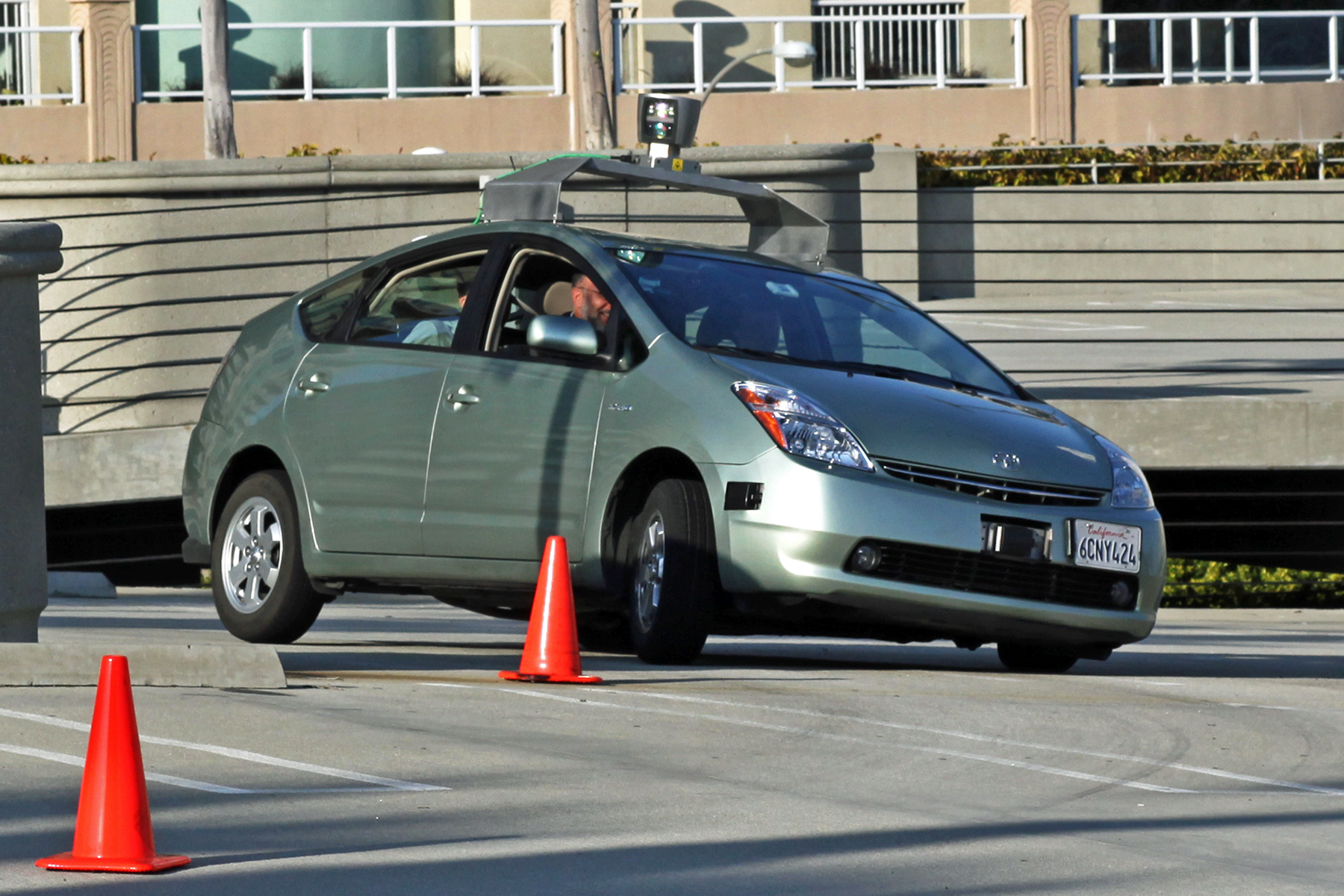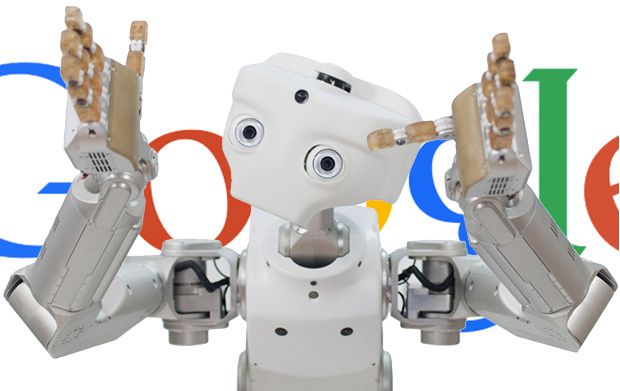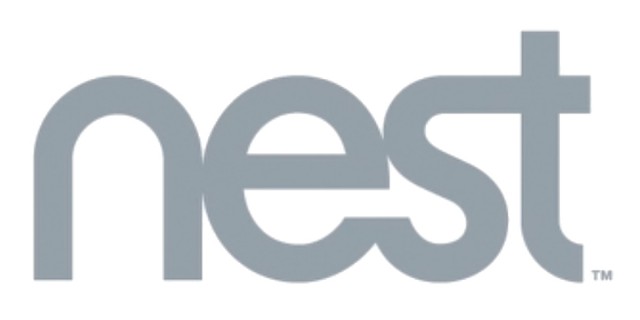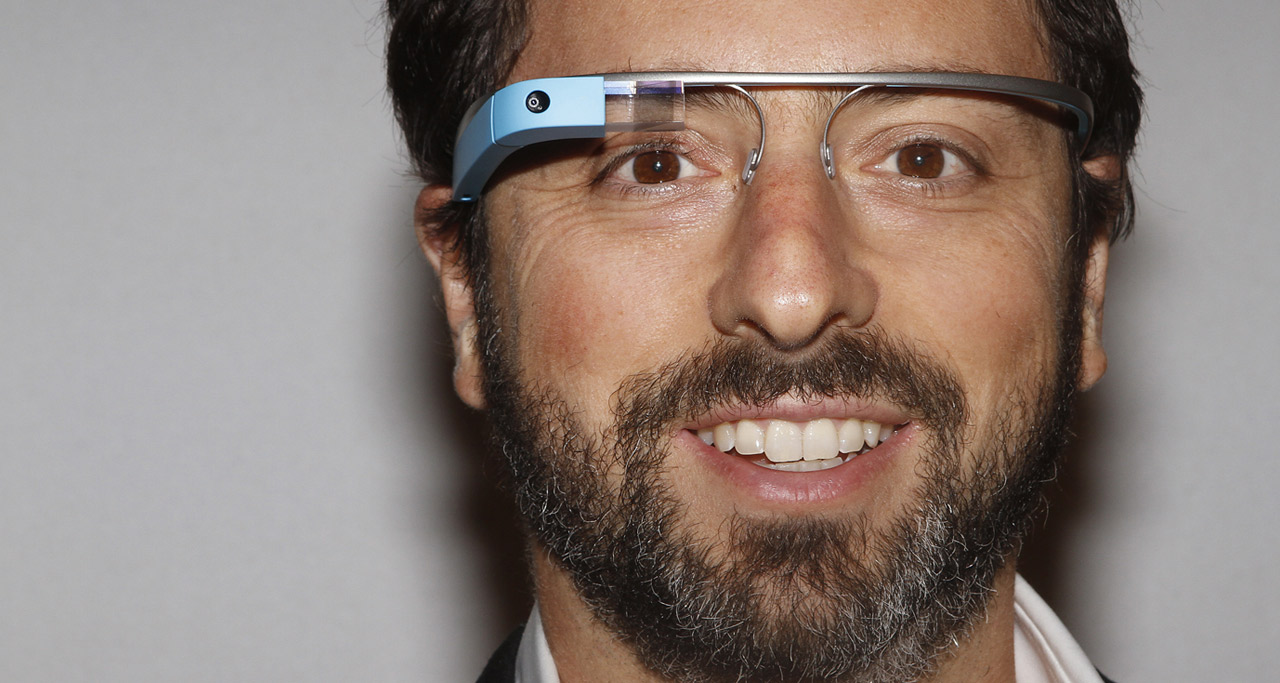Having evolved over the years and forayed into newer territories, Google is more than just an internet search company now, but not many people realise that. Though online search and ads remain its core business, the biggest name in the internet industry works in a number of areas that have little to do with its core business, or are not exactly centred around the world wide web.

Driverless cars
Google has dabbled in driverless cars since 2010 and today has over 10 self-driven cars in its fleet. Equipment worth $150,000 is used in each car, with the laser radar (Lidar) system itself costing $70,000.
The car also has 3D mapping range finder thar creates a detailed map of the surroundings that is compared to already available high-resolution maps to chart a course for the destination. The project is headed by Google vice president and part-time Stanford research professor Sebastian Thurn.
The car also has 3D mapping range finder thar creates a detailed map of the surroundings that is compared to already available high-resolution maps to chart a course for the destination. The project is headed by Google vice president and part-time Stanford research professor Sebastian Thurn.

Robotics
Google is into robotics too – so much so that it has bought eight robotics companies in 2012 alone. The latest Google acquisitionn this field is Boston Dynamics, a company that worked as a contractor for the US military organization Darpa; Google has already clarified that it does not plan to become a military contractor.
While the robots that Google has acquired via its acquisitions work in specific fields (like military, rescue operations etc), it is more likely that the company will work on future robots for the consumer segment. It is already being rumoured that it has begun testing drones to deliver products in the US. Thus, it’s no surprise that the technology community is abuzz with the possibility of Google robots doing household chores in the future.
Part of Google’s X Labs, the robotics project is also described as a ‘moonshot’. Andy Rubin, the man behind world’s most popular mobile operating system Android, is spearheading Google’s robotics project.

Nest Labs
The Internet of Things is a term coined in 2009, referring to all objects that are connected to the internet. With big and small manufacturers bringing internet-connected toothbrushes, refrigerators and even beds, Google decided to acquire the company founded by the godfather of Apple iPod.
The second-biggest acquisition of Google at $3.2 billion, Nest Labs makes sensor-driven thermostats and smoke detectors that are connected to Wi-Fi. Both the products that it has launched so far are self-programmable and keep on learning users’ ventilation needs automatically.

Motorola
Google’s biggest acquisition at $12.5 billion, Motorola Mobility has been a damp squib for the internet giant till now. While it has continually lost money every quarter due to the smartphone manufacturer since the buyout, Google continues to work with it to produce handsets.
Motorola in August unveiled the Moto X, which was christened as the ‘Google phone’ by tech pundits for its emphasis on a quality user experience rather than beefed up hardware specs. The model is customizable to quite an extent, including body colours, signature message as well as preloaded wallpapers.
Then came Moto G, the cheaper sibling of Moto X, meant to give a quality Android experience at a low price. The handset is slated to hit the Indian market in January and will cost around Rs 15,000, despite having specifications of higher priced handsets.
Motorola is also working on Project Ara, an initiative to create modular smartphones. Handsets produced under this project will be customized as per the choice of the user and components will be replaceable, so that the whole handset does not have to be changed when a component malfunctions or becomes outdated. For example, you will be able to replace the 8MP camera module with a 13MP module in such a smartphone.
The company behind the world’s first mobile phone, Motorola is also working on eliminate passwords with tattoos and has even patented technology to tattoo a mic on users’ throats.

Calico
Google has ventured into the field of healthcare and biotech with Calico, a venture that aims to tackle the problem of ageing and other such diseases. The project is headed by Arthur D Levinsohn, the former chairman of Apple and former chairman and CEO of Genentech.
About this project, Google CEO Larry Page says, “There’s tremendous potential for technology more generally to improve people’s lives. While this is clearly a longer-term bet, we believe we can make good progress within reasonable timescales with the right goals and the right people.”
Google Glass
Google Glass is the company’s first gadget that is worn on the eye, just like prescription glasses and goggles; in fact, prescription glass frames for Google Glass have already been announced by third-party eyewear makers.
The search titan’s wearable gadget is connected to the internet and can understand users’ voice commands, even in noisy environments. Its screen resolution of 640x320p provides the viewing experience delivered by a 25-inch display seen from 8feet away.
Google Glass can record and stream live videos, capture photos, display text messages and chats, look up data on the internet, shows online maps, translate text in various languages etc. The app ecosystem of this product is growing and developers are racing to create compatible applications in time for its launch in 2014.

Android
Who doesn’t know about Android, the company Google acquired, following which it handed a computer in everyone’s hand. The brainchild of Andy Rubin, Android was acquired by Google in 2005 and the first smartphone running on the operating system was HTC Dream, launched in 2008.
Five years later, the market share of Android has surged to nearly 90% globally and is even higher in India. This Linux-based open mobile software is available to all manufacturers for free and can be customized heavily, allowing gadget-makers to even leave out Google apps.
While smartphones and tablets are the products that use Android the most, the operating system was first meant to power cameras. At present, a bevy of gadgets – including gaming consoles, TVs, washing machines, notebooks, set-top boxes, smartwatches and refrigera
tors – run on this platform.
Nexus smartphones & tablets
ust like hundreds of manufacturers around the world, Google also offers smartphones and tablets powered by Android under its own brand. The Nexus series of smartphones made its debut in January 2010, while the first tablet under this brand came in 2012.
The key feature of Nexus smartphones and tablets is providing the cleanest version (without any bloated software added by manufacturers and telecom operators) to users at the lowest price in the segment.

Chromecast
Google unveiled Chromecast, a USB stick, in July 2013. It is a digital media player that can stream data like music and movies from both Android and iOS devices, as well as Google Chrome web apps. Positively reviewed by most tech journalists, it is available only in the US and priced at $35, nearly one-third of rival products.
When you plug in the Chromecast to your HDTV and play YouTube or Netflix videos on smartphones, tablets or PCs, the same content is streamed to the television set. It can also mirror Chrome browser tabs from Windows and Macs to the TV set
No comments:
Post a Comment